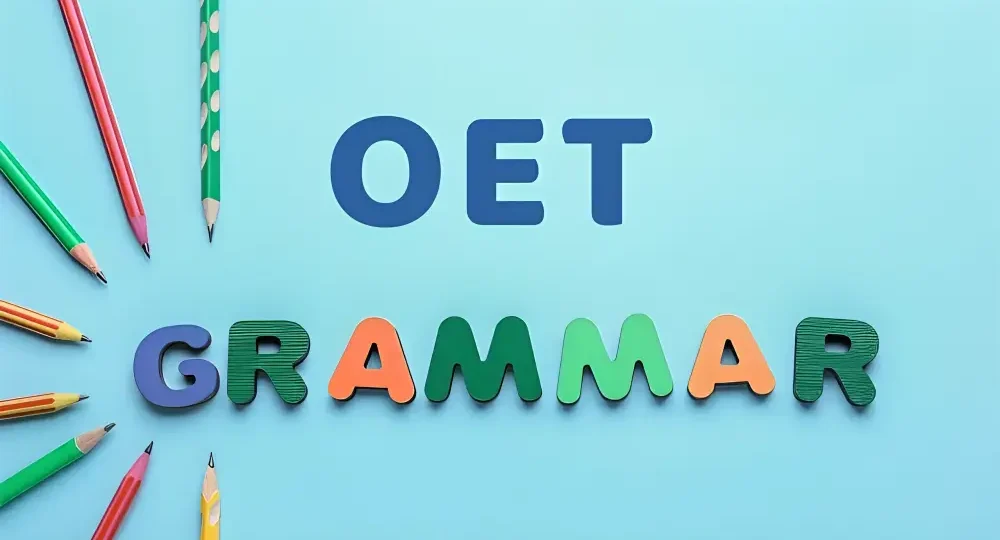


SOP with Storytelling: Tips and Strategies
Writing a Statement of Purpose (SOP) is a crucial step in the application process for graduate school. One of the most effective ways to make your SOP stand out is through storytelling. By weaving your achievements and aspirations into a compelling narrative, you can create an engaging SOP that leaves a lasting impression on the admissions committee. Here’s a guide on how to use effective storytelling in SOP writing, including essential techniques and tips.- Understand the Role of Storytelling in SOP
- Purpose: To convey your unique story and demonstrate why you are a perfect fit for the program.
- Impact: Engaging stories make your SOP memorable and help you stand out from other applicants.
- Start with a Hook
- Example: “As a child, I was fascinated by the night sky. One evening, I stumbled upon an astronomy book in the library, and that moment ignited my passion for understanding the cosmos.”
- Develop a Clear Narrative Arc
- Introduction: Set the scene and introduce your main theme or passion.
- Conflict/Challenges: Describe challenges or obstacles you’ve faced.
- Resolution: Show how you overcame these challenges.
- Conclusion: Tie your experiences to your goals and how the program fits into your journey.
- Highlight Achievements through Stories
- Example: “During my internship at XYZ Company, I led a project that reduced production costs by 15%. This experience taught me the value of strategic planning and teamwork.”
- Use Vivid Descriptions
- Example: “I vividly remember the first time I presented my research at a national conference. The room was filled with experts, and my heart raced as I approached the podium. Despite my nerves, I delivered my presentation with confidence, and the applause I received was a testament to my hard work.”
| Technique | Description |
|---|---|
| Hook | Start with a compelling anecdote or defining moment. |
| Narrative Arc | Develop a clear structure with introduction, conflict, resolution, and conclusion. |
| Achievements in Stories | Highlight achievements within specific stories. |
| Vivid Descriptions | Use descriptive language to bring your experiences to life. |
- Show Personal Growth and Learning
- Example: “My time volunteering at a rural clinic in India was transformative. I learned about the challenges of healthcare in underserved areas and became determined to make a difference. This experience solidified my decision to pursue a Master’s in Public Health.”
- Keep It Authentic
- Example: “While I faced many challenges during my undergraduate studies, each obstacle taught me resilience and perseverance. These qualities will help me succeed in your rigorous MBA program.”
- Tie Your Story to the Program
- Example: “The innovative curriculum and esteemed faculty at [University Name] align perfectly with my career goals. I am particularly excited about the opportunity to work with Professor [Name] on [specific research project].”


